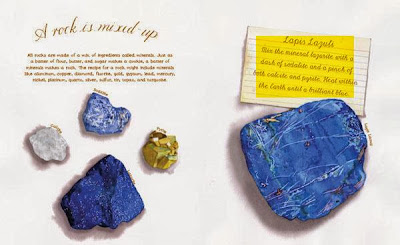Frogs! Strange and Wonderful
Illustrator: Meryl Henderson
Publisher: Boyds Mills, 2012
Age Range: Grades K-4
Lexile: 980L
ISBN: 9781590783719
Laurence Pringle's Frogs! Strange and Wonderful begins with an invitation for reader participation with the opening line, "Make a sound like a frog. Go ahead. Pretend you are a frog and make its sound." Pringle then explains that many potential responses would be correct, as the many types of frogs make a wide array of sounds. The book maintains a very kid-friendly, instructional tone throughout, and it is highly informative and quite entertaining.
Pages 16 and 17 provide another interactive element to the book. Henderson has painted a forest scene with eight frogs, each a different species, nearly hidden by camouflage. An answer key at the back of the book reveals their locations and identifies their species.
In an author's note at the end of the book, Pringle summarizes his "life full of frogs." He discusses his childhood interest and interactions with frogs and describes the frog habitat he has created on his own property in recent years. Pringle is not a herpetologist himself, but he did have one read and approve his book before it was published. The herpetologist made a couple of corrections, which Pringle discusses on his website.
At the back of the book, Pringle informs readers about some groups who are concerned with preserving the habitats of frogs and other wildlife, including the Wildlife Conservation Society and the World Wildlife Fund. He also recommends websites such as amphibiaweb.org and frogs.org to learn more about frogs.
Here is a video from National Geographic that shows images of many different types of frogs, as submitted by the magazine's readers.














